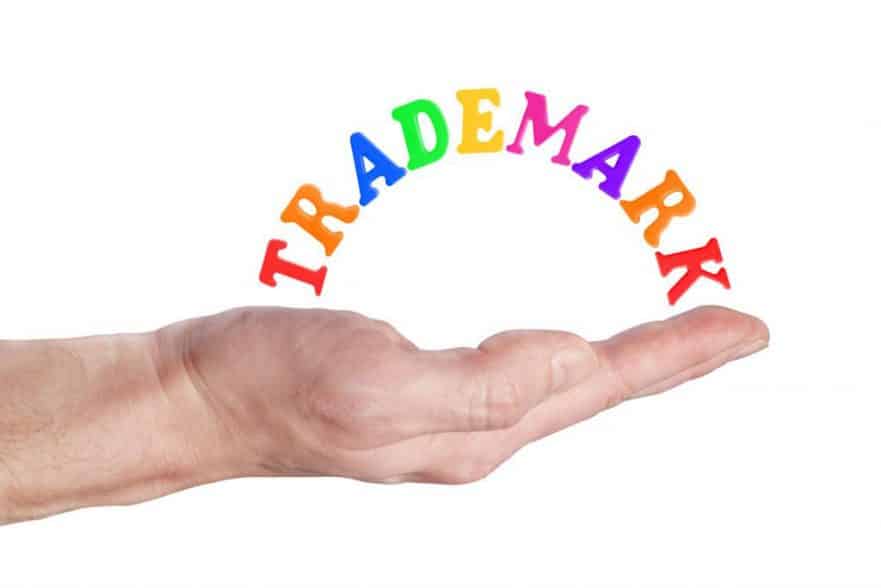Have you recently applied for a trademark with the United States Patent and Trademark Office (USPTO) and received an Office Action, and aren’t sure how to respond or what this means? An Examiner with the USPTO will review your application to make sure it complies with all rules and regulations. If there are any issues with your application or the mark and it cannot be approved, you will receive a letter from the USPTO – this is called an Office Action – asking you to correct all deficiencies – before the application can be approved and ultimately register.
An application can be refused for many different reasons – ranging from minor administrative issues to serious substantive refusals of registration. I’m going to discuss some of the top reasons why your application may be held up in the examination process and give you some quick strategies you can utilize to get your application back on track toward registration.
The goods or services are not properly defined
The USPTO is very picky about how you describe the goods and/or services in the application. If the Examiner should object to how you described your goods or services in the application, he or she will usually offer suggestions for how you can fix the identification. You can then submit a response with these amendments. Usually, the Examiner’s suggestions are relatively accurate, but at a minimum, the suggestions will give you a good idea for how you can comply with the rules. If you consulted the Trademark ID Manual when you filed the application, you usually won’t have an issue at this stage. One thing to remember is that after you file, you can only narrow your goods or services. You may not broaden them, even if you receive an Office Action.
Your specimen has been refused
This refusal is becoming more and more common. If you filed the trademark based on use in commerce, you are required to submit evidence that the trademark is being used in commerce. Often, specimens are refused because applicants fail to show actual use of the trademark in connection with the goods or services. Throughout 2019, the rules regarding specimens have evolved, so make sure you check the Trademark Manual of Examining Procedure and the USPTO Exam Guides for all updates. For goods, you must show use of the mark on tags, labels, instruction manuals, shipping containers and the like. You may also submit photographs that show the mark on the actual goods or packaging and displays associated with the actual goods. If you are submitting any tags and labels, please note that the labels and tags must show how the label and/or tag is actually used in commerce. Mock-ups or printers proofs are never allowed.
For services, you must show a direct association between the mark and the services on advertising and marketing materials, brochures, photographs of business signage and/or billboards, or webpages that show the mark used in the actual sale, rendering, or advertising of the services. When submitting specimens for services, remember the services must be provided to third parties. When you submit web pages, be sure to submit the URL and date of access.
For specimens for either goods or services, it’s a good idea to submit one specimen for every item in your identification. Remember, use is presumed for each and every item in the identification, and at renewal you will be required to provide such information.
Substantive Refusal: Likelihood of Confusion
This is a very serious substantive refusal where the Examiner has found that the mark conflicts with an earlier filed or registered mark for the same or similar goods or services and is one of the most common substantive type of refusals. This type of refusal can be easily avoided by conducting a search prior to filing. To overcome this type of refusal, you’ll want to consider several scenarios. Is the cited mark going to be renewed or maintained soon? If so, you may want to wait to see what happens with their maintenance/renewal filing if you have the time to wait. If not, file a response and continue to monitor the cited mark. Is the cited mark still in use? If not, and it has been three or more years since registration, you may be able to successfully petition to cancel the mark on grounds of abandonment. Are there legal arguments (based on the 13 DuPont factors) you could argue to distinguish the marks? If so, make them! Be sure to take into consideration the evidence the Examiner put into the Office Action and find some of your own that contradicts it. Do not immediately run to seek a consent agreement, unless you have leverage to do so. Every case is different, but each one involves a well-considered strategy and sophisticated arguments. Remember, you always get two bites at the apple, so as long as your client is willing to go along with your strategy, it makes sense to at least try to pull together the very best arguments you can before you give up. Remember, you usually have six months to respond, so use your time wisely.
Substantive Refusal: Merely Descriptiveness
This refusal claims that your mark is not entitled to registration on the Principal Register because it does not function as a distinctive trademark. These types of marks fail to function as a source identifier to one company with a showing of acquired distinctiveness. A few examples of these kind of marks are: THE SALAD STATION for restaurant services, YOUR CLOUD for a cloud computing services, and THE BABYSITTING COMPANY for caregiving services. If you’ve done your homework up front, it is usually not a surprise that this refusal is coming. If you disagree with the refusal, you can argue that the mark is suggestive instead and entitled to registration on the Principal Register. If you choose to argue, make sure you counter the Examiner’s evidence and pull a number of case examples that are relevant to your facts. However, most descriptive marks reside on the Supplemental Register, a secondary register at the USPTO. Please note, that you may only amend to the Supplemental Register if your client is using a descriptive mark in commerce at the time you respond to the refusal, as you will be required to file an Amendment to Allege Use (if the mark is not already filed based on use). There are other strategies, but these are the most common.
Want to Learn More?
If you would like to learn more about responding to substantive Office Actions, then check out Our Courses or join the Trademarkabilities® Masterclass. You can also join our mailing list, and we’ll send you our free e-guide “5 Tips for Trademark Attorney Success” which you can download for free.

Stacey C. Kalamaras is the founder and lead instructor of Trademarkabilities®, an online trademark academy for lawyers, whose mission it is to prepare lawyers to be confident and effective practitioners before the USPTO. Stacey started Trademarkabilities to share her passion teaching the law with the next generation of lawyers and help them become practice ready lawyers. Contact us at: hello@trademarkabilities.com.
Stacey is also a seasoned trademark attorney and currently works in-house as Senior Counsel for a multi-national candy company. She previously owned her own solo trademark practice, which she scaled and sold. She has been recognized by her peers for her outstanding knowledge and service in intellectual property law.

